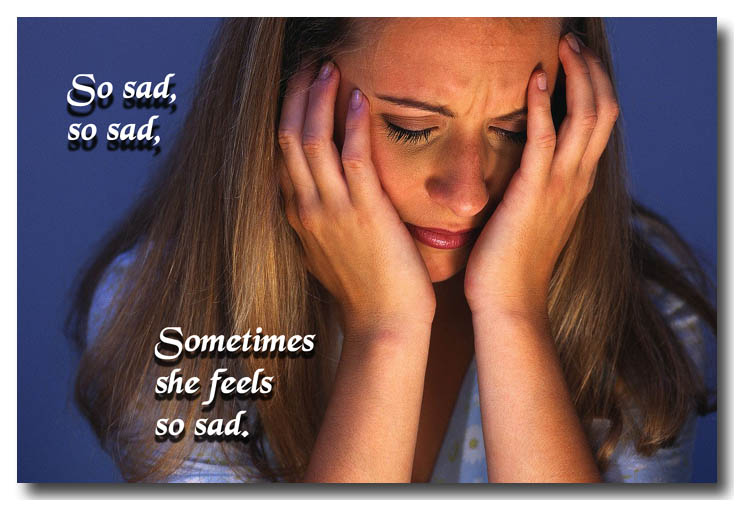
In my years of private practice, I’ve met many people struggling with depression who thought they were merely sad. I’ve also met many people who were extremely sad and worried they might be depressed. Because we associate depression with its primary symptom of pervasive sadness, many of us struggle to tell the difference between these two common psychological states.
This is a huge problem.
Our confusion can lead us to neglect a serious condition that requires treatment (depression) or, on the other end of the spectrum, overreact to a normative emotional state (sadness). And here's why the distinction is crucial: If we (or a loved one) are depressed, it has huge implications for our long-term mental health, physical health, and longevity.
The Difference Between Sadness and Depression
Sadness is a normal human emotion. We’ve all experienced it and we all will again. Sadness is usually triggered by a difficult, hurtful, challenging, or disappointing event, experience, or situation. In other words, we tend to feel sad about something. This also means that when that something changes, when our emotional hurt fades, when we’ve adjusted or gotten over the loss or disappointment, our sadness remits.
Depression is an abnormal emotional state, a mental illness that affects our thinking, emotions, perceptions, and behaviors in pervasive and chronic ways. When we’re depressed we feel sad about everything. Depression does not necessarily require a difficult event or situation, a loss, or a change of circumstance as a trigger. In fact, it often occurs in the absence of any such triggers. People’s lives on paper might be totally fine—they would even admit this is true—and yet they still feel horrible.
Depression colors all aspects of our lives, making everything less enjoyable, less interesting, less important, less lovable, and less worthwhile. Depression saps our energy,motivation, and ability to experience joy, pleasure, excitement, anticipation, satisfaction, connection, and meaning. All your thresholds tend to be lower. You’re more impatient, quicker to anger and get frustrated, quicker to break down, and it takes you longer to bounce back from everything.
In my TED talk, I discussed one of the more unfortunate consequences of this confusion: How people struggling with depression are often expected to "snap out of it," and are told "it’s all in your head," or "choose to be happy!" Such sentiments reflect a deep misunderstanding of depression. It only makes the person with depression feel worse.
The True Symptoms of Depression
To be diagnosed with depression, people need to have at least 5 of the following symptoms, for a continual duration of at least two weeks. Be advised: The severity of these symptoms must also be considered, so please use these only as a guideline and see a mental health professional for a conclusive diagnosis.
- A depressed or irritable mood most of the time.
- A loss or decrease of pleasure or interest in most activities, including ones that had been interesting or pleasurable previously.
- Significant changes in weight or appetite.
- Disturbances in falling asleep or sleeping too much.
- Feeling slowed down in your movements or restless most days.
- Feeling tired, sluggish, and having low energy most days.
- Having feelings of worthless or excessive guilt most days.
- Experiencing problems with thinking, focus, concentration, creativity and the ability to make decisions most days.
- Having thoughts of dying or suicide.
If you think you or a loved one might be depressed, it is important to seek the counsel of a trained mental health professional for diagnosis and treatment. Depression is an extremely common mental illness and there are many treatments that benefit most people.


No comments:
Post a Comment